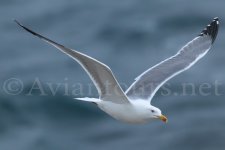Juniper_Jade
Active member
I'm wondering how often your average Canon bird photographer shoots in AF mode when using a DSLR (as opposed to a point-and-shoot).
50% of the time? 80% of the time? (I suspect it depends to some extent on the equipment you are using at the time? If so, please explain.)
Do you ever switch to manual focus? Under what conditions do you switch?
Does anyone prefer to shoot manual most of the time?
ALSO: How often do you use continuous (burst-mode) shutter release? And how many frames per second do you find adequate for your purposes? How many fps is optimal? Is more always better?
Please elaborate as much as you are willing.
Thank you!
50% of the time? 80% of the time? (I suspect it depends to some extent on the equipment you are using at the time? If so, please explain.)
Do you ever switch to manual focus? Under what conditions do you switch?
Does anyone prefer to shoot manual most of the time?
ALSO: How often do you use continuous (burst-mode) shutter release? And how many frames per second do you find adequate for your purposes? How many fps is optimal? Is more always better?
Please elaborate as much as you are willing.
Thank you!





